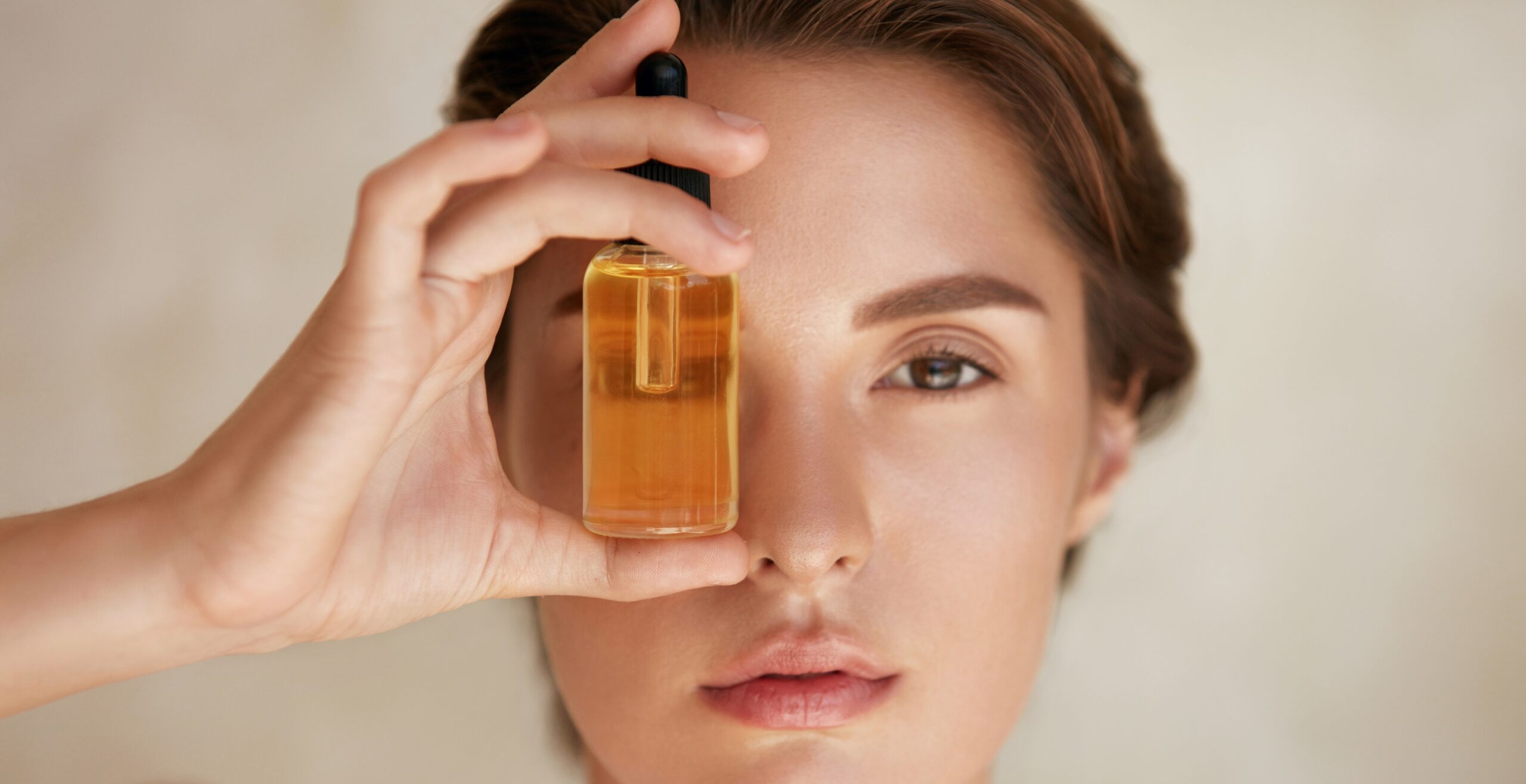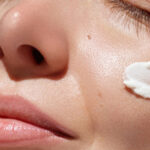
By Samantha Garcia
If skin were a building, collagen would be the steel framework holding it all together. This fibrous protein makes up approximately 75–80% of the skin’s dry weight, giving it firmness, elasticity, and resilience. It is the most abundant protein in the human body and a critical structural component not only in skin but also in tendons, ligaments, cartilage, and bones. From an esthetic perspective, collagen is the foundation of youthful, healthy skin. It keeps the dermis plump, supports the epidermis, and maintains the smooth surface we associate with vitality. But just like any structure, collagen degrades over time — and this decline begins earlier than most clients realize.
Research shows that collagen production begins to decrease by about 1% per year starting in our mid-20s. By the time we reach our 40s, the decline accelerates due to hormonal shifts — particularly a decrease in estrogen in women, which plays a key role in collagen synthesis. This change is even more dramatic after menopause, when collagen loss can spike to 30% in the first five years alone. The weakening of the dermal collagen network leads to thinner, less elastic skin, and more pronounced lines and sagging. This decline is compounded by a reduction in elastin and glycosaminoglycans, such as hyaluronic acid, which results in dryness and loss of volume.
Although there are at least 28 known types of collagen in the body, three are most relevant to skin health. Type I collagen, which makes up about 80–90% of dermal collagen, provides tensile strength and firmness. Type III collagen is more prevalent in youthful skin, offering flexibility and playing an essential role during wound healing. Type IV collagen resides in the basement membrane between the epidermis and dermis, helping anchor these layers together and serving as a selective filtration barrier. For optimal skin structure, these types must work in harmony. Age-related changes in the ratio and quality of these collagens are a key driver of visible aging.
Collagen degradation is influenced by both intrinsic and extrinsic factors. Intrinsic aging is the genetically programmed slowing of fibroblast activity, while extrinsic aging is caused by environmental and lifestyle influences. Among the most damaging is ultraviolet radiation, which accelerates photoaging by increasing matrix metalloproteinases — enzymes that break down collagen and elastin. UVA rays in particular penetrate deeply into the dermis, damaging fibroblasts and generating oxidative stress. Sugar consumption also plays a major role through glycation, in which excess glucose binds to collagen fibers, forming advanced glycation end products (AGEs) that make collagen stiff, brittle, and resistant to repair. Smoking further accelerates collagen breakdown by reducing oxygen supply, impairing fibroblast function, and flooding the skin with free radicals. Chronic inflammation, whether caused by stress, poor diet, or skin conditions, sustains elevated enzyme activity that continually erodes the dermal matrix. Even poor nutrition can be a factor, as collagen synthesis requires amino acids such as proline, glycine, and lysine, along with cofactors like vitamin C, zinc, and copper.
In the treatment room, estheticians cannot replace collagen directly, but they can stimulate its production by creating controlled injury, delivering targeted ingredients, and activating fibroblasts. Microneedling, or collagen induction therapy, is one of the most effective methods, creating micro-injuries in the dermis that trigger the wound-healing cascade. This process unfolds in three phases: inflammation, where platelets activate and release growth factors; proliferation, where fibroblasts migrate to deposit new collagen; and remodeling, where the fibers mature and reorganize. Nano-infusion is another option, using specialized tips to enhance product penetration without creating open channels, allowing peptides, growth factors, and antioxidants to reach deeper layers and influence fibroblast behavior.
LED light therapy, particularly in the red (630–660 nm) and near-infrared (830–880 nm) spectrum, offers a non-invasive way to stimulate collagen by energizing mitochondria within fibroblasts, boosting ATP production, and enhancing protein synthesis. Radio frequency treatments use controlled thermal energy to heat the dermis to around 40–42°C, which contracts existing collagen fibers and prompts fibroblasts to produce new ones. When combined with microneedling, RF offers both thermal and mechanical stimulation for advanced tightening and rejuvenation.
Homecare is an essential part of any collagen-support strategy, and it starts with the right ingredients. Vitamin C is a non-negotiable, as it is a critical cofactor in collagen synthesis and a potent antioxidant that defends against UV and pollution-induced free radicals. Peptides act as signaling molecules, directing fibroblasts to ramp up production, with examples like palmitoyl pentapeptide-4 and copper peptides being particularly well-studied. Retinoids, including retinol and retinaldehyde, stimulate fibroblast activity, normalize keratinocyte turnover, and encourage collagen remodeling. Hydration is equally important, as fibroblasts function best in a well-hydrated environment; hyaluronic acid supports extracellular matrix volume, keeping skin plump and supple. Additional antioxidants such as resveratrol, green tea extract, and CoQ10 help neutralize free radicals and reduce oxidative stress.
To protect collagen and maximize treatment results, estheticians should also coach clients on supportive lifestyle habits. Daily SPF use is the single most effective way to prevent photoaging, and broad-spectrum formulas with SPF 30 or higher should be reapplied every two hours during sun exposure. Diet plays a critical role, with antioxidant-rich foods like berries, leafy greens, and citrus helping to defend against free radicals. Adequate protein ensures a steady supply of amino acids for collagen synthesis, while omega-3 fatty acids reduce inflammation and support cell membrane integrity. Stress management is essential, as elevated cortisol slows fibroblast activity; techniques such as breathwork, meditation, and gentle exercise can help. Finally, quality sleep is vital, as growth hormone released during deep sleep supports tissue repair and regeneration.
Collagen health is not just about “anti-aging” — it is about maintaining optimal skin structure, function, and resilience at every stage of life. For estheticians, understanding collagen biology is the key to creating protocols that combine professional modalities with homecare strategies, delivering both immediate and long-term improvements. A comprehensive approach blends prevention, stimulation, and protection. When these pillars are addressed consistently, clients enjoy firmer, healthier, and more luminous skin — and estheticians gain a reputation for delivering results that stand the test of time.












